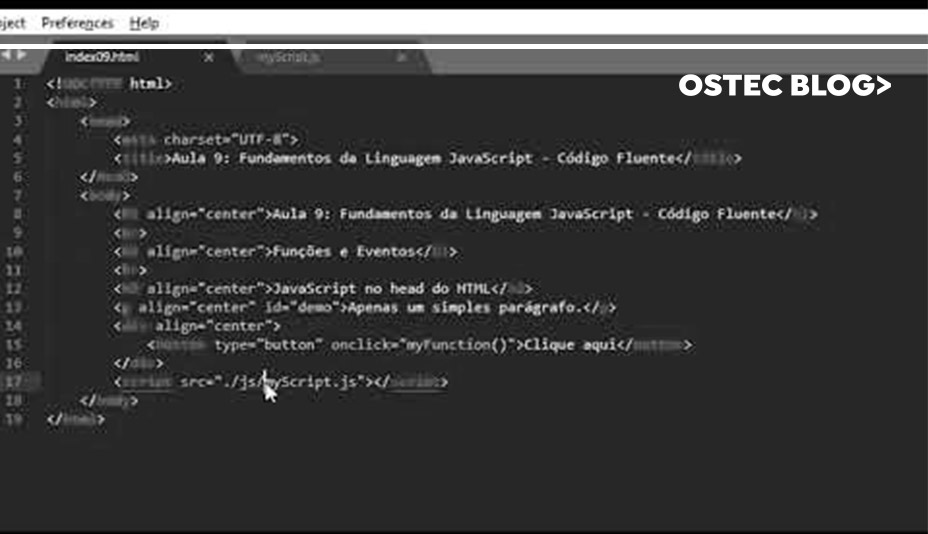This post is also available in: Português English Español
In recent years, there has been a change in the way information moves and is stored in companies. In the past, it was common to use physical media, such as file folders, to store important documents. It was also common for companies and sectors to communicate through notes and letters. Today, with advances in technology and the popularization of the Internet, companies have significantly reduced the use of paper and expanded the use of digital media to enhance communication and store their data. This evolution has brought a number of benefits to day-to-day business, such as:
- The paper piles in the offices have run out, improving the organization and contributing to sustainability and preservation;
- There is more physical space available in work environment;
- You can find and keep documents much more easily;
- Documents stored in the cloud can be accessed remotely;
Communication takes place in a more agile and easy way, through e-mail and other virtual means of communication. These are some examples of the benefits that informatization has brought to companies. However, with technological evolution, the challenges also came. Virtual media for storage and exchange of information contributed to the emergence of the need to maintain the integrity of information, a highly relevant asset for the business. Avoiding virtual attacks and leaks of strategic data, as well as other security-related challenges, becomes a daily concern of organizations, highlighting the need for time and resource investments to ensure the integrity of corporate data.
In this article, we will introduce DLP, presenting concepts, types and applications, as well as contextualize its importance in maintaining data security in corporate environments.
What is Data Loss Prevention and how it works
DLP stands for Data Loss Prevention. DLP solutions are used in the process of monitoring occurrences that can lead to information leakage. Products focused on DLP enable vulnerability prevention and correction, when diagnosed. There are different types of DLP solutions, each focused on a specific purpose, but with the same goal: to prevent data loss.
Network DLP
Delivered on the software or hardware platforms, integrated with data points of the corporate network. Once installed, the solution monitors, traces and reports all data in transit on the network. This is the ideal type of DLP to scan all content passing through the ports and protocols of the company. It provides important reports that help ensure the security of the information in the organization, such as what data is being used, by whom it is being accessed, and where they are going. Information collected by the Network DLP is stored in a database easily managed.
Storage DLP
Do you know what data your employees store and share? How much of this information is considered confidential and may be at risk of leakage? These are questions that Storage DLP helps answer. That system allows you to view confidential files stored and shared by those who have access to the corporate network. Thus, it is possible to identify sensitive points and prevent information leakage. This is a good solution for controlling data stored in the cloud, for example.
Endpoint DLP
Formerly the diskettes, nowadays the pen drives: external tools that help transporting files in a practical and fast way. However, they can put the company’s security at risk and facilitate the accidental or intentional leakage of data. To prevent this, you must have a solution that helps prevent data loss through removable devices. The most appropriate DLP solution for this are the Endpoint options. These are installed on all workstations and devices used by company employees to monitor and prevent the output of sensitive data by removable devices, sharing applications, or clipboards.
The use of DLP solutions to increase information security
The implementation of DLP solutions should be preceded by a study focused on the needs of the business. The results should report the points of vulnerability, allowing the establishment of a set of solutions to meet the evidenced needs. Having full control over the environment, as well as understanding the different types of DLPs, and their applications, are the first steps taken in order to implement a solution to avoid data loss in the corporate environment.
Have you already implemented DLP in your company? Share your experience with comments.
This post is also available in: Português English Español









